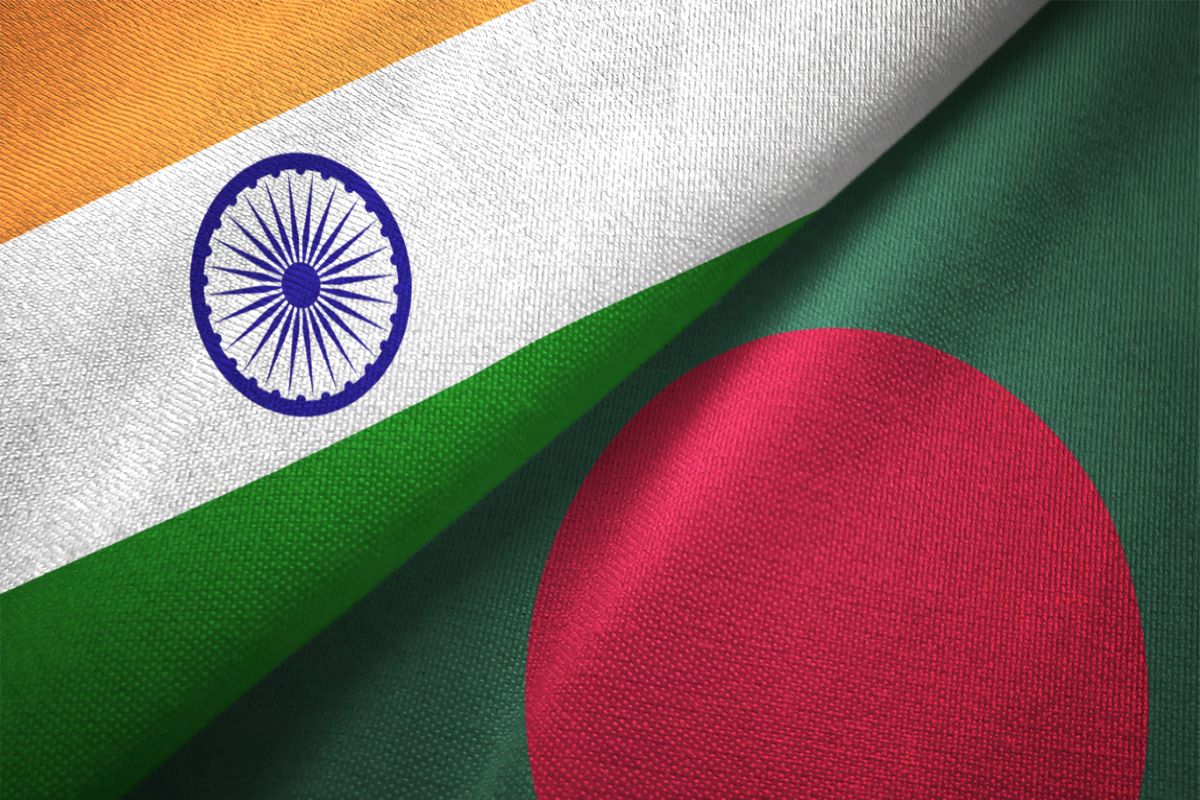India and Bangladesh have taken up a notch their bilateral effort to harness the opportunity to develop their waterways for faster and cheaper ~ not to mention more environment-friendly ~ modes of transportation. New Delhi has already announced that it aims to address the “infrastructure gaps” in waterways development by commissioning more water terminals to tap the potential in cruise tourism as well as freight and passenger transportation. Policy issues in connection with inland waterways, according to an Indian official, are being addressed for smoother and seamless trade transactions between India and Bangladesh. The key driver for both countries as they emerge as major trading partners in the South Asian region would be a reduction in the cost of transportation going forward.
According to the Inland Waterways Authority of India, the country has a total of 14,500 kilometres of navigable waterways; currently, 19 waterways are operational for cargo movements and 25 for the movement of passengers. The Chairman of the Bangladesh Inland Water Transport Authority recently termed India and Bangladesh as “natural partners”. Over the past two decades, trade volume between the nations has increased by 40 per cent. Now, apart from the steps being taken to reduce logistics expenses and further cut transit time between India and Bangladesh, providing cruise facilities to promote tourism is also on the agenda. The over 8,400 kilometres of navigable waterways in Bangladesh could be utilised for transportation and distribution of goods between Bangladesh, India, Nepal and Bhutan which would anchor business relationships between these South Asian neighbours as they expand maritime trade into Southeast Asia.
Technology, as always, is the key. Experts say India needs a unified digital platform for its national waterways which augments inland waterway infrastructure, which in turn will drive higher usage of waterways. A unified digital platform is also expected to result in real-time availability of information, more stakeholder interaction, increased traffic on inland waterways, safer voyages, better communications, and increased public-private investment. Regular movement of cargo through waterways will also create job opportunities and open the international market for local products through cost-effective transport. With 54 shared rivers, there is immense potential for India and Bangladesh to harness the trade and economic benefits of inland waterways.
The extension of routes and opening of new ports would also result in valuable trade routes being made accessible to small producers and marginalised communities along shared rivers. Cross-border river trade between the two countries is governed by the Protocol of Inland Water Transit and Trade (PIWTT), first signed in 1972 with addenda in 2018 and 2020 to include new ports of call and routes. There’s nothing to prevent further amendments to the Protocol as New Delhi and Dhaka up the ante.











